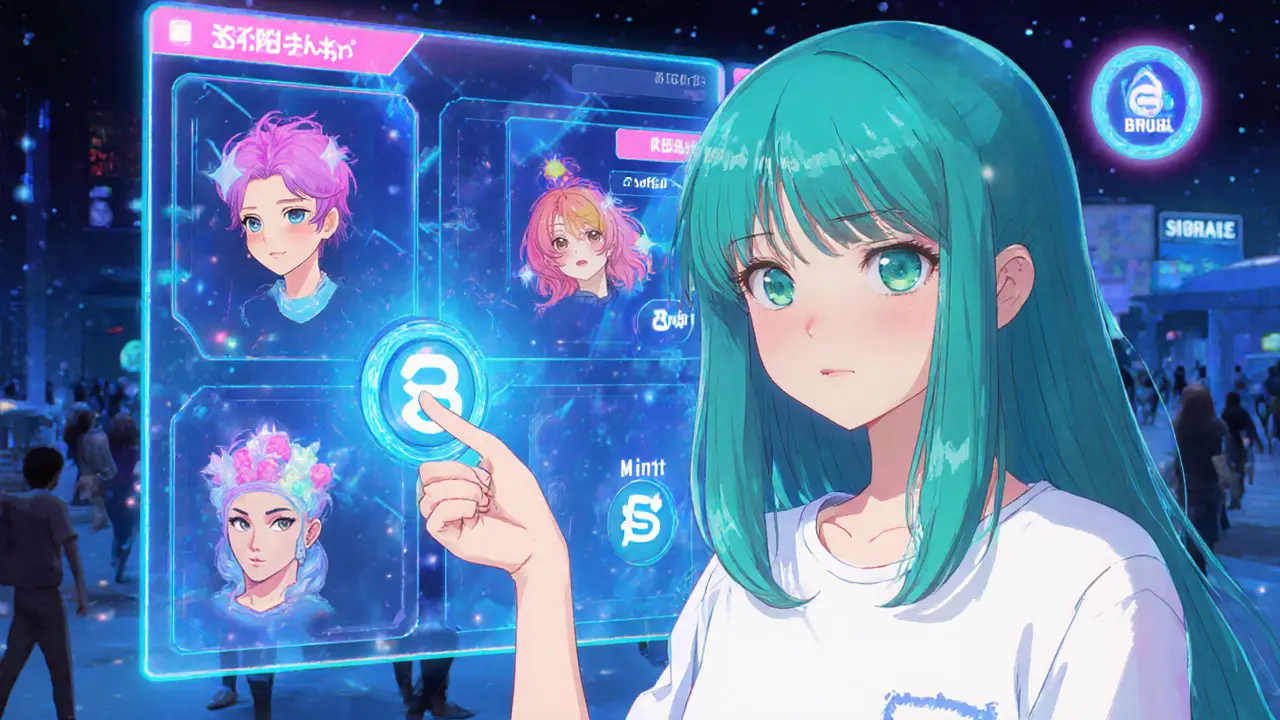NFT Marketplace: Your Go‑to Hub for Digital Collectibles
When navigating NFT marketplace, online platforms where non‑fungible tokens are bought, sold, and displayed. Also known as digital collectibles market, it brings together creators, collectors, and developers. NFT airdrop, free token distribution events that seed new collections often launch on these platforms, while Music NFTs, tokenized songs or albums that grant ownership rights give artists a direct revenue channel. The rise of Play‑to‑earn NFTs, game assets that reward players with tradable tokens adds a gaming layer to the marketplace ecosystem.
Key Concepts in NFT Marketplaces
The core of any NFT marketplace is the smart contract standard it supports. Most platforms rely on ERC‑721 or ERC‑1155 on Ethereum, but alternatives like Solana’s Metaplex and Flow’s NFT standard expand the field. This technical backbone requires clear metadata, royalty settings, and gas‑efficient transaction flows. Enables creators to set up automatic secondary‑sale fees, which in turn influences long‑term earnings. A marketplace that embraces multiple standards can host music, art, and gaming assets side by side, creating a cross‑genre collector base.
Beyond the tech, user roles shape the experience. Creators mint and list assets, collectors browse and bid, while developers build auxiliary tools like price trackers and wallet integrations. Each role interacts with the marketplace’s governance model—some platforms use DAO structures to vote on fee changes, while others stick to a central authority. The governance layer manages platform upgrades, curates featured drops, and resolves disputes, linking community sentiment with market dynamics.
Data transparency also matters. Real‑time floor prices, transaction volume, and holder distribution are displayed on dashboards, helping traders spot trends. For example, a spike in a music NFT’s floor price often precedes a major artist drop, while a surge in play‑to‑earn token volume can signal an upcoming game launch. By monitoring these metrics, participants can make informed decisions without guessing.
Regulation is creeping in, too. Some jurisdictions require marketplaces to register as virtual asset service providers, enforce KYC on buyers, or implement AML checks on high‑value transfers. Compliance adds a layer of trust for institutional players, but it also raises friction for casual collectors. Understanding the legal landscape helps users choose platforms that match their risk appetite.
All these pieces—smart contract standards, royalty mechanics, governance models, data tools, and regulatory frameworks—combine to define what an NFT marketplace offers. Below you’ll find a curated list of articles that dig deeper into each aspect, from step‑by‑step guides on launching a music NFT to analyses of the biggest NFT airdrops of the year. Dive in to see how these concepts play out in real projects and discover actionable tips for navigating the fast‑moving world of digital collectibles.
- June 12, 2025
- Comments 25
- Cryptocurrency

